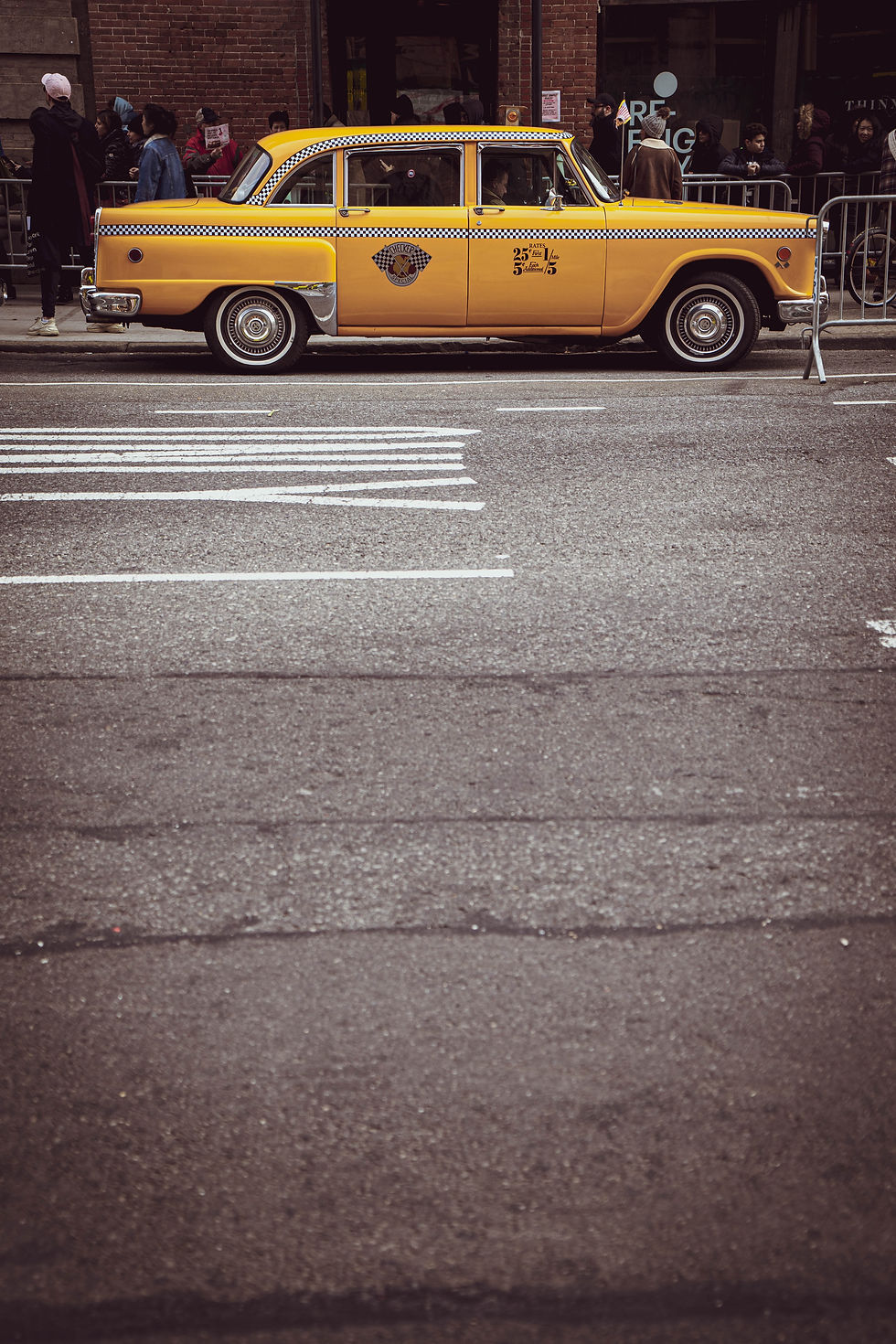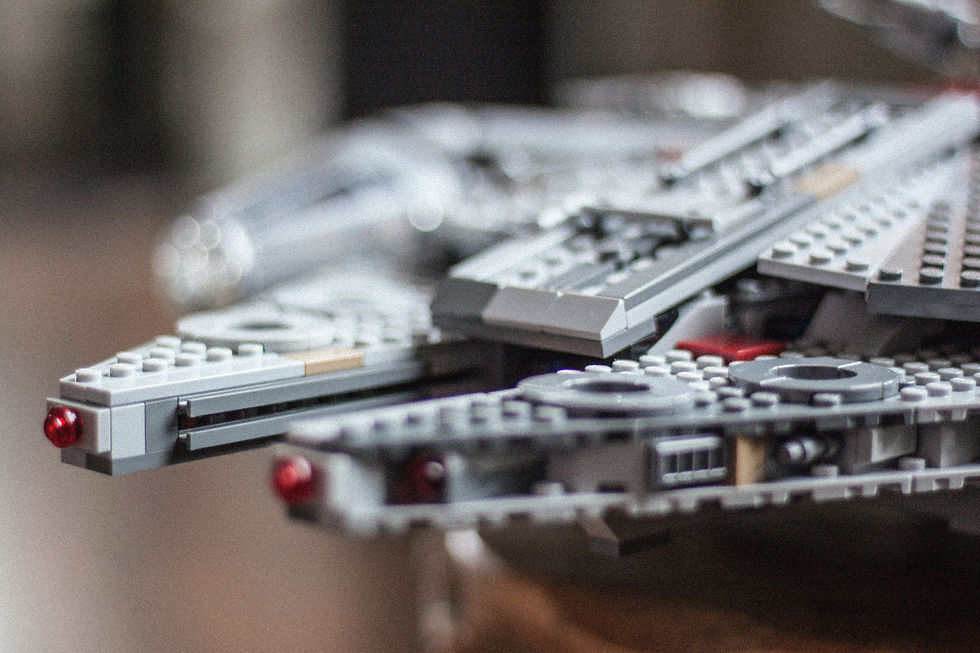Case Study#5 Future of Automobility(2015) IDEO
- 성식 공

- 2021년 1월 8일
- 3분 분량
Considering this project had been conducted in 2015, this futuristic insight about autonomous vehicles and the sharing economy is outstanding. To illustrate, I cannot avoid mentioning the rise of the need for a revolution in the transportation system in the first place. As written in the website’s description, a variety of people ride their mobilities alone while it is actually made for approximately up to 5 people. Often, such capacity is satisfied only on a special occasion. This inefficiency is one of the designated mainstream reasons for current traffic congestion and with collaboration between urban system designers and transportation engineers they arrived at two distinct conclusions.
First, optimizing the vehicle for users. ‘If inefficient space usage of the mobilities is the problem, why don’t we redesign it for personalized ones?’, they argued. Indeed, by manipulating the ratio of usage of the current 20 percent to 100 percent, most of the traffic congestion problem can be resolved. However, from an interdisciplinary point of view, this method stays in a shortsighted way, lasting other additional problems such as the increase in carbon dioxide emission, or the risk of car accidents. It seemed that some other revolutionary solution is in need.
Noting above, optimizing users for the vehicles was the next logical step, and this point of view especially skyrocketed as the invention of autonomous mobilities emerged. ‘If inefficient space usage is the problem, why don’t we let users share their vehicles to fill their leftover blanks?’ Nevertheless, there is such a tendency in current society that they cherish their own mobilities for very personal properties and thus feel awkward sharing it. To relax this ambiance, designers suggested two solutions.

La manera una, fortifying the infrastructure. As we all know, under the current sharing economy, the fundamental system is one of the most important elements, as ‘Airbnb’, or ‘Uber’ did. On top of that, they tried to persuade users that all inefficient usage of their properties is actually the loss of their economic profit. Even when you drive alone, or even park your car at the parking lot and let it wait for multiple hours. Since the current development of autonomous vehicles will substitute the traditional cars, users can earn additional profit just by letting their vehicle available on the sharing market in their leftover times and call it back to them if needed. Through this sharing system, we can replace taxi, delivery service, or other traffic factors, which will thus allow themselves to ease their congestion and additionally, alleviate environmental burden as well. However, the revolution did not stop at this moment. If the passengers were optimized for the current vehicle form, the vehicle should certainly be redesigned as well and this is method number 2.
La manera dos, the ‘pods’. Pods, which are basically upgraded car seats, are designed to allow their passengers to have a transportation experience with both personal and interactive characteristics. Noise-canceling and sound amplifying is only a small proportion of this invention. They considered many of the UX/UI sources in a single-seat since it is actually the only allowed personal space for users. They can set do-not-disturb mode automatically just by leaning and carry up to two pieces of luggage under their seat. Additionally, the projected interface above the pods from the user’s mobile device reduces the risk of motion sickness and amplifies the efficiency of their daily work disposal. I strongly believe that these movements to revolutionize the current stubborn problems in traffic mobilities can be regarded as the next stepping stone to a better future.

According to anthropologists, the human is the only species that they randomly migrate through continents endlessly, from the very primitive era. As far as I’m concerned, transportation is therefore one of the major urges of the human race always wanted to achieve. However, ‘the faster, the better’-development lasted both urban, and environmental catastrophes and the mobilities are disrupting our world like a boomerang. Now, it is the moment to see what we could not see for our future generation.
You can have a virtual-simulating experience of this system at:




Comments